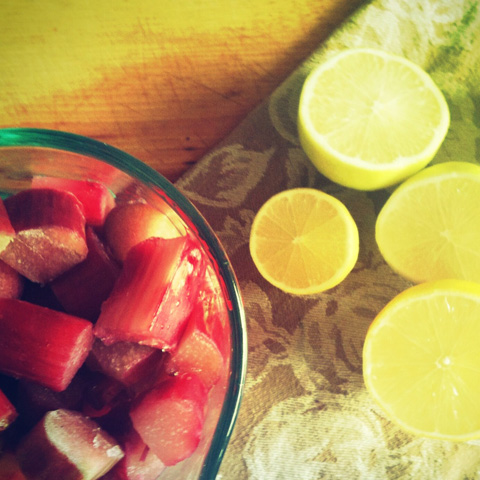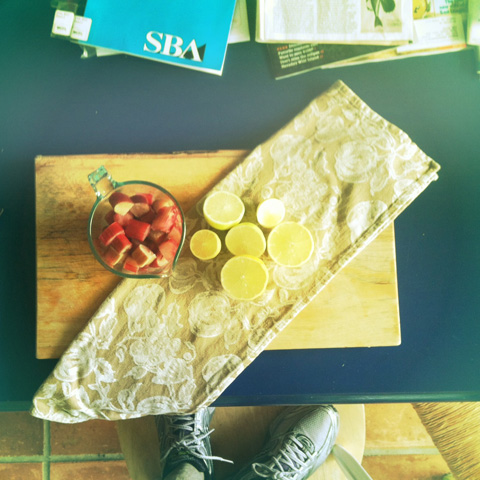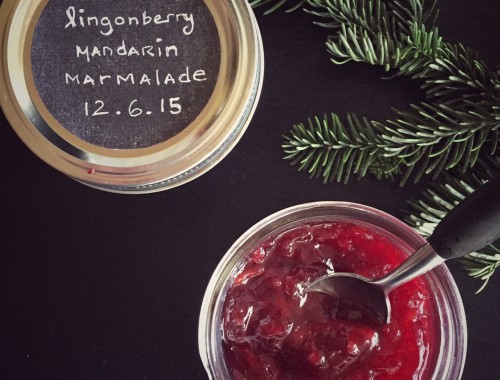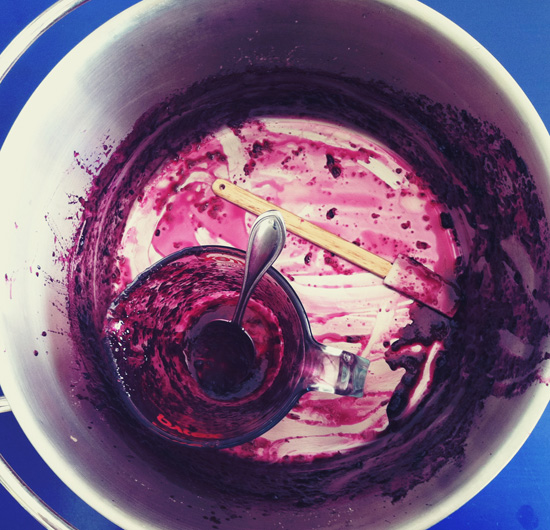My career as a legal writer and editor has involved reading and analyzing hundreds if not thousands of legal statutes. I wouldn’t call that part of my job fun, but I’ve always been nerdy enough to find it a little bit fascinating. Because people write laws and people are quirky, laws are often quirky, too. For example, California exempts “housewives” from getting a cannery license, if they are canning foods for their own consumption and not selling them to others. (California Health and Safety Code, Section 112665.) The law was written in 1947 and the language hasn’t been updated since then, so a strict reading would fail to include all of the other interesting individuals who have taken up home canning since the postwar era. The California Health and Safety Code is most definitely not down with DIY. Not yet, anyway.
I never expected that a time would come when my legal life would squarely intersect my passion for canning but, in the past few weeks, I have made numerous trips into the California Health and Safety Code on behalf of new canning endeavors in the Golden State. First, I have been helping a growing food processing business to secure a cannery license. Second, I had the privilege of being asked to read and submit comments on California’s pending cottage food law — the California Homemade Food Act, officially known as AB 1616. And last (but definitely not least), I am investigating what it will take to start my own small-batch preserves business, either by obtaining a commercial license or waiting for the cottage food law to come through so I can register my home kitchen. (If you’re waiting on that, too, take heart. Things are looking good — and you can find a current summary of how the law will work by visiting the website of the Sustainable Economies Law Center.)
So far it seems that if I want my little jam business to be licensed in a rented commercial kitchen, I would owe ongoing paperwork to two different cities (the one where I live and the one where the kitchen is), the county, the state, and the federal government. For some of these entities, I would have to pursue not just one license or permit, but several. And almost every one of them costs money. (At the municipal level, for example, you have to pay to register to pay your taxes.) When one city’s clerk handed me the tax and licensing form, I looked at the fees and said, “It’s like California wants to kill small businesses before they even get started.” I felt just like Charlie Brown, defeated at every turn. The clerk gave me a sympathetic look and told me not to give up, but I went out and sat in my car and cried for a minute, anyway.
I may yet pursue the necessary commercial permits, but I have to say that I now have a much fuller understanding of why state cottage food laws are essential for very small food producers. There’s no way to make economic sense of a micro food-production business without them — at least not in the state where I live. More than half the states are already on board with these laws that permit safe foods to be produced in registered home kitchens; it’s time for California to join them.
So, the paperwork may be temporarily edging out the preserving around here, but there are still simple and satisfying things to do with fruit. Rhubarb syrup is incredibly easy to make: toss chopped rhubarb, water, and sugar into a pot, simmer it for a while, then strain it. That’s syrup. Many people have already posted lovely rhubarb syrup recipes suitable for different quantities of fruit and a variety of ingredients. (Hungry Tigress’s rhubeena is downright famous, and you should check out Gloria’s heavenly rhubarb and angelica cordial. Marisa has a basic rhubarb syrup recipe, too.) The simple method below was right for what I had: one pound of ginormous rhubarb stalks and some very nice Bearss limes. The proportions worked for me because I could taste the rhubarb in the end. The flavor of the fruit (or perhaps I should say “fruit-like vegetable”) wasn’t diluted by too much water, masked by too much sugar, or overpowered by the enthusiasm of the limes.
Now I have homemade rhubarb lime soda and I am soldiering on!
Rhubarb Lime Syrup
1 pound rhubarb
2 cups water
1 1/2 cups sugar
pinch sea salt
juice of 2 limes, or to taste
Trim the leaves and ends from the rhubarb and wash the stalks. If they’re huge, like mine were, slice them in half down the middle. Chop the stalks crosswise into 1″-2″ pieces. Place all the ingredients except the limes in a medium saucepot and simmer for about 15 minutes, until the rhubarb starts to fall apart and most of the color has leached into the liquid. Strain the syrup through cheesecloth, a jelly bag, or a chinois (that’s what I use) and let it cool a bit. Add lime juice to taste. Pour into a clean bottle and store in the fridge. Makes 2 to 2 1/2 cups of syrup.






